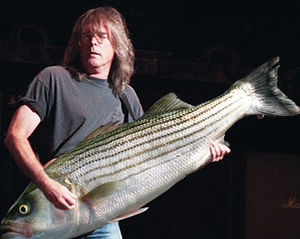User:Raxvulpine/Post Rock
Post-rock is an experimental architectural movement based on creating space from material other than stone. Post-rock has a number of splinter movements, including Metal, Post-metal, and Styrofoam. The most contentious branch of Post-rock, though, is Phil Spector's Wall of Sound.
History of Post-rock[edit | edit source]
Post-rock, like many postmodern artistic movements, began during World War II, when High Modernist ideas were reconsidered in the light of a common enemy. On the U.S. home front, new building were erected for training and housing soldiers. The country did not have the resources to put together classic brick dormitories, instead building these units from steel and aluminum. The earliest Metal Post-rockers tried to mimic the harshness of this environment --- jagged edges, simple lines, and stark dissonance with the surrounding environment. Later, Post-metal architects would try to work this same aesthetic into the natural environment of the city more smoothly by mimicking standard city structures like fire escapes, steel shutters, and screen doors with organic materials like wood or cotton.
The Styrofoam branch of Post-rock instead chose to work with entirely man-made materials like styrofoam, various plastics, and lab-grown bismuth. Their experiments have mostly been failures in urban integration, but their experiences have convinced traditional architects of the value of plastic as a building material. While styrofoam buildings tend to be eaten away very quickly and bismuth can only be used to construct pyramids, plastics are inexpensive, flexible, and water-resistant.

